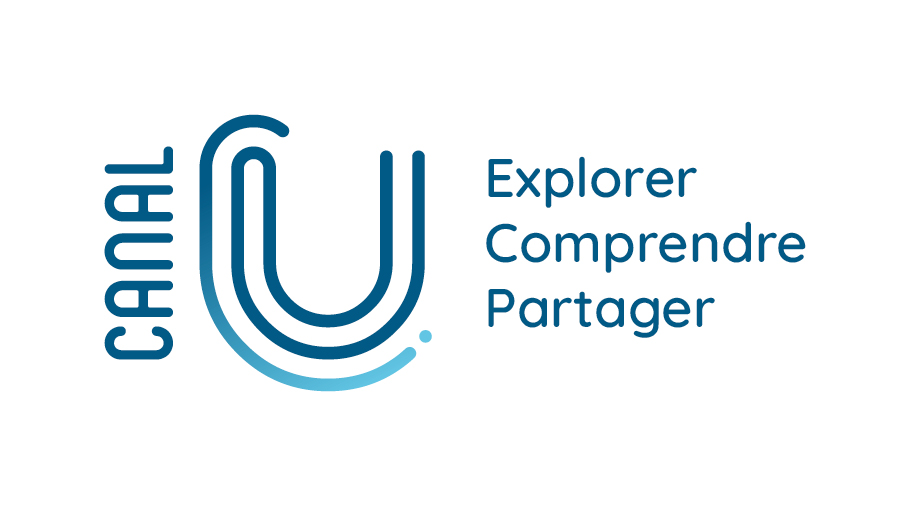
Sommaire
JAMES WEBB SPACE TELESCOPE: SCIENCE OPPORTUNITIES AND MISSION PROGRESS
Date de création :
21.07.2011Auteur(s) :
John C. MATHERPrésentation
Informations pratiques
Droits réservés à l'éditeur et aux auteurs.
Description de la ressource
Résumé
The James Webb Space Telescope, the planned successor for the Hubble Space Telescope and the Spitzer Space Telescope, is making excellent technical progress. It will carry four instruments to cover the wavelength range from 0.6 to 28 µm with imaging, spectroscopy, and coronography, and will have a deployable 6.5 m aperture telescope cooled to about 40 K. It will be launched by an Ariane 5 vehicle from French Guiana to reach an orbit around the Sun-Earth Lagrange point L2. Two of the flight instruments are completed and in test, all 18 of the beryllium primary mirror segments have been polished warm, and 13 of them have been coated with IR-reflecting gold. I will describe the scientific programs that future users are likely to propose, ranging from the first objects to form after the big bang, to the assembly of galaxies, the formation of stars, and the potential detection of planetary systems capable of supporting life. I will also outline the remaining work for the project, including testing the telescope and instrument package end-to-end at the gigantic vacuum chamber at Johnson Space Center, and developing and testing the deployable sunshield.
"Domaine(s)" et indice(s) Dewey
- Médias documentaires, éducatifs, d'information, journalisme, édition (070)
Domaine(s)
- 070
Intervenants, édition et diffusion
Intervenants
Diffusion
Document(s) annexe(s)
- Cette ressource fait partie de
Fiche technique
- LOMv1.0
- LOMFRv1.0
- Voir la fiche XML




